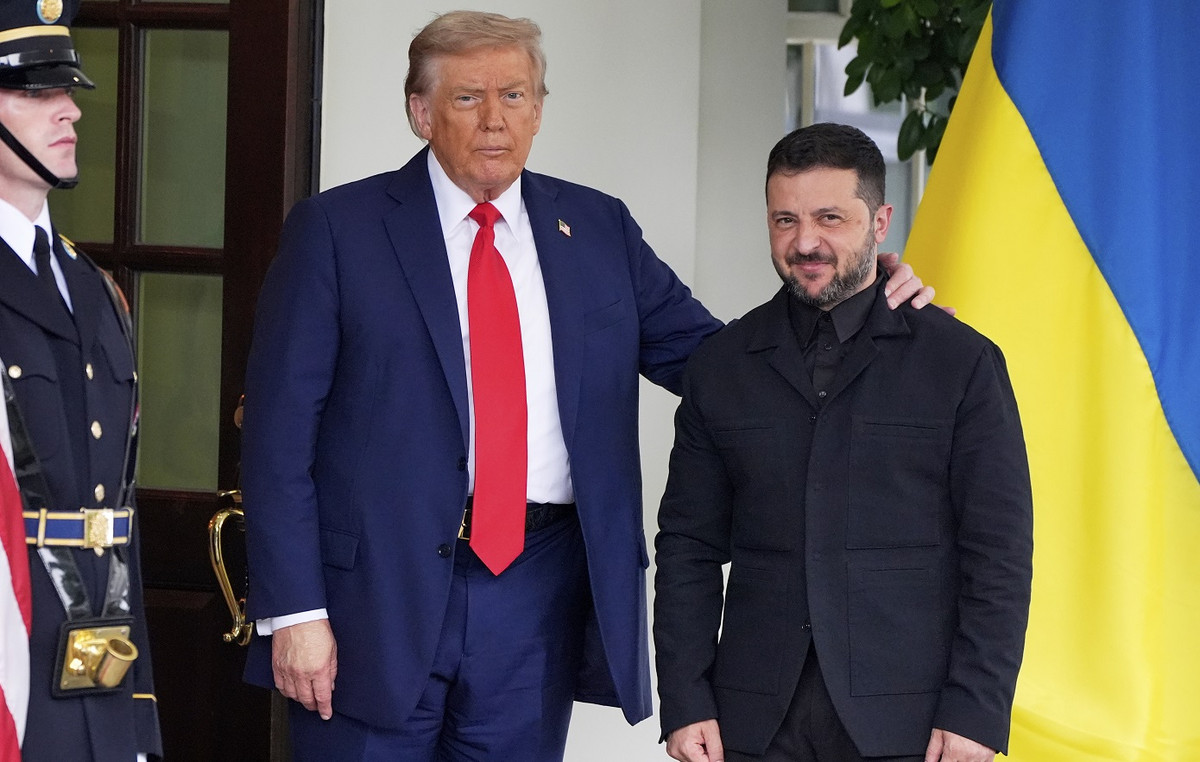- The deadline of tariffs self -imposed by President Trump of April 2 has arrived.
- After multiple delays and false beginnings, the Trump administration insists that this time it is seriously.
- The real details of Trump’s team’s tariff plans remain ambiguous and changing.
- Tariff announcement scheduled for 1900 GMT (4 pm est)
The “Liberation Day” self -imposed by the president of the United States (USA) Donald Trump has finally arrived. After four consecutive failures to start the “day one” tariffs of Donald Trump that were supposed to be implemented when Trump assumed the position 72 days ago, Trump’s team is scheduled to finally reveal a broad and disproportionate package of “reciprocal” tariffs. Additional tariffs may or may not be included, but the details depend on how Trump felt that particular day.
Markets in general are committed to the Trump administration will impose a 5-10% flat tariff in all cases on Wednesday. The Trump team has been working hard since the inauguration, cutting federal jobs in all government departments, and the organization that would have been responsible for implementing a complex tariff structure is drastically subdimensive to the point of being non -functional, restricting Donald Trump’s capacity to execute their own threats of tariff increases that have reached astronomical figures.
Tariffs come, but which ones?
The possible tariffs scheduled for Wednesday include “reciprocal” tariffs, where the US will impose a retaliation tariff to any country that has barriers to imports from US goods that the White House considers “unfair.” An import tax of 25% on copper is also contemplated to match metal with the steel and aluminum tariffs that began a couple of weeks ago. A 25% tariff on all cars not produced in the US is also possible today, with President Trump openly advising US consumers who “do not buy a car.” In the last count, practically all vehicles sold in the US are at least partially manufactured and assembled in foreign countries.
President Trump has also threatened additional tariffs on pharmaceutical products in general and about microchips imports specifically. American consumers already pay some of the highest prices worldwide for their medications, and most consumer electronic products sold in the US depend largely on discount microprocessors from countries such as Taiwan, South Korea and Japan.
FAQS tariffs
Although tariffs and taxes generate government income to finance public goods and services, they have several distinctions. Tariffs are paid in advance in the entrance port, while taxes are paid at the time of purchase. Taxes are imposed on individual taxpayers and companies, while tariffs are paid by importers.
There are two schools of thought among economists regarding the use of tariffs. While some argue that tariffs are necessary to protect national industries and address commercial imbalances, others see them as a harmful tool that could potentially increase long -term prices and bring to a harmful commercial war by promoting reciprocal tariffs.
During the election campaign for the presidential elections of November 2024, Donald Trump made it clear that he intends to use tariffs to support the US economy. In 2024, Mexico, China and Canada represented 42% of the total US imports in this period, Mexico stood out as the main exporter with 466.6 billion dollars, according to the US Census Office, therefore, Trump wants to focus on these three nations by imposing tariffs. It also plans to use the income generated through tariffs to reduce personal income taxes.
Source: Fx Street
I am Joshua Winder, a senior-level journalist and editor at World Stock Market. I specialize in covering news related to the stock market and economic trends. With more than 8 years of experience in this field, I have become an expert in financial reporting.







